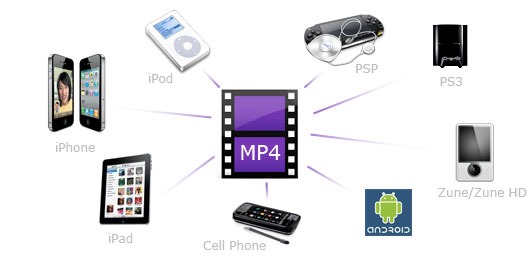
If you are planning to create high quality video to share it online (whether through a web hosting service or on your YouTube channel) then use MPEG-4 (or MP4) format.
For long time, the preferred file format to share videos was FLV (Adobe’s Flash Video Format) but with video technology evolution, you have lots of different format options available. As our TV and computer screens increase in size, efficient video file types are required to work with these devices.
Now with all different formats (.AVI, .MOV, AVCHD, .FLV, .MP4 etc.) available, you have to choose appropriate format based on
– Video Quality
-File Size
-Compatibility
The file format you choose should provide best quality, small file size and compatible with all types of OS, video editors, software and hardware. To decide on that you have to understand the concept of LOSSY and LOSSLESS compression for a file type. LOSSY compression provides smaller file size with video quality approximate of original file which is good to share or stream online. LOSSLESS compression retains video quality with huge file size.
Note: Never convert LOSSY file to LOSSLESS file format because it will unnecessary increase the file size and ruin your files quality.
.MP4 is a great way to create videos with high quality output with reduced file size. Video providers like Vimeo, YouTube or the iTunes store streams a video using .MP4 format with H.264 encoding. For video that can be viewed anywhere, on any device, the .MP4 format has become the latest standard.